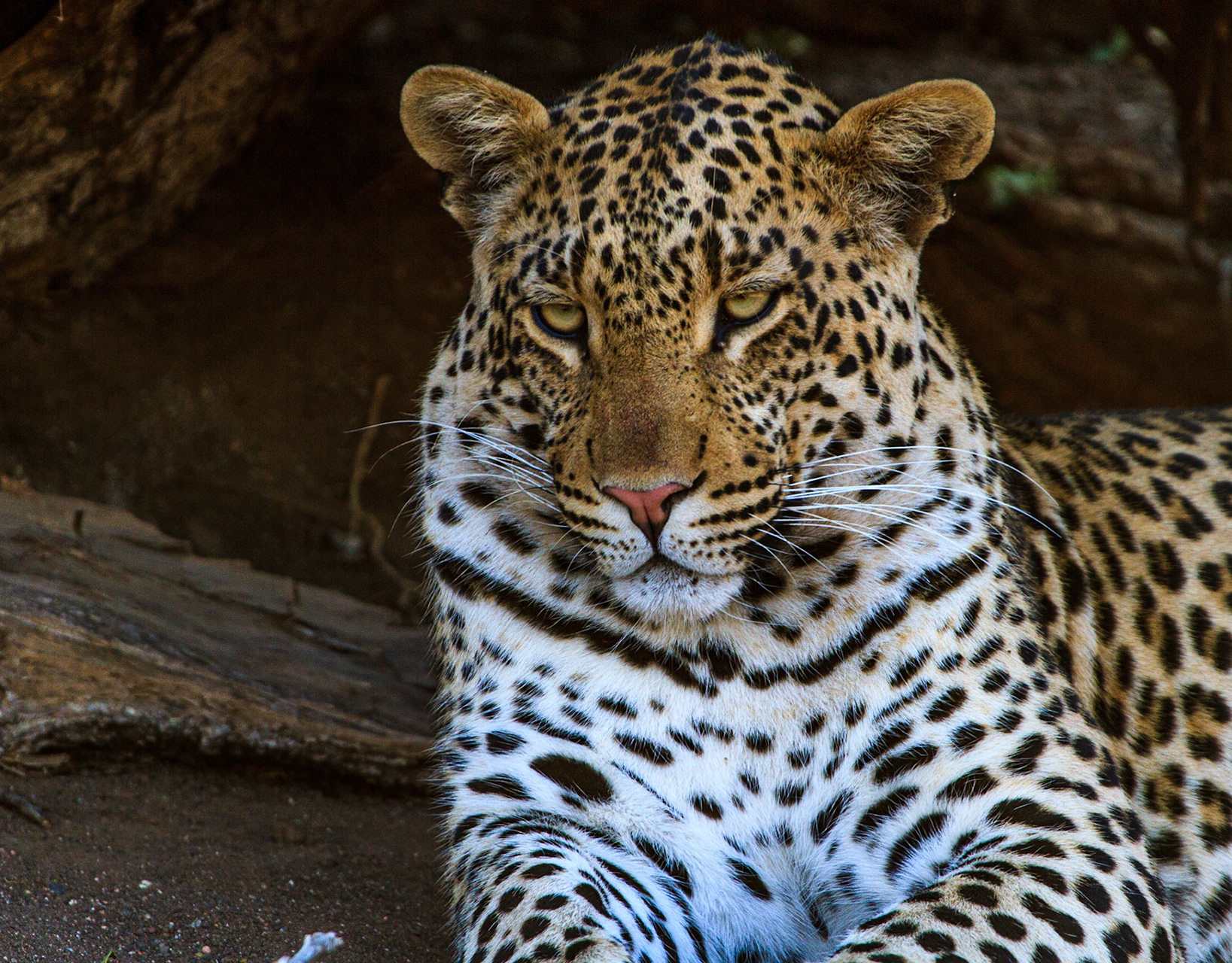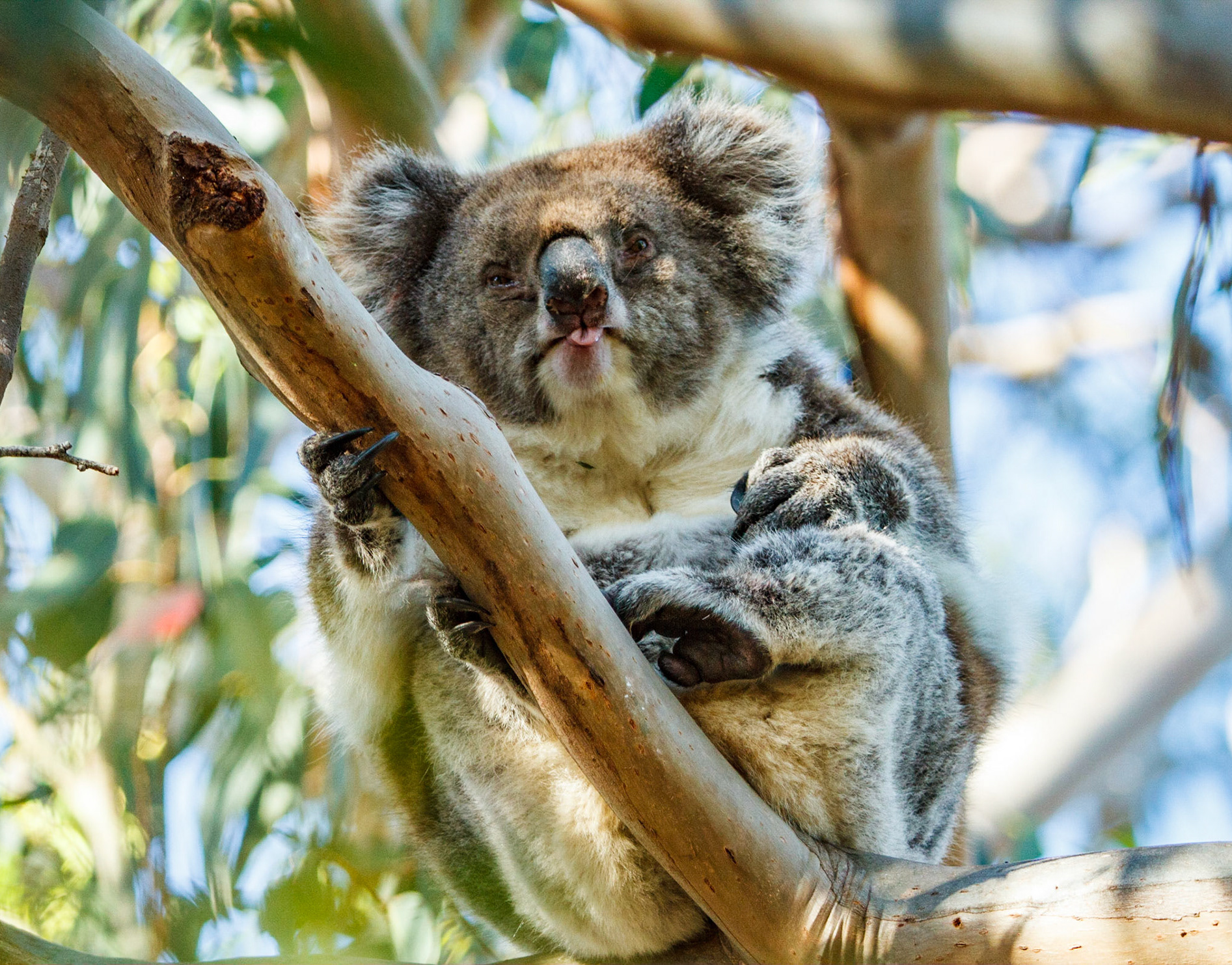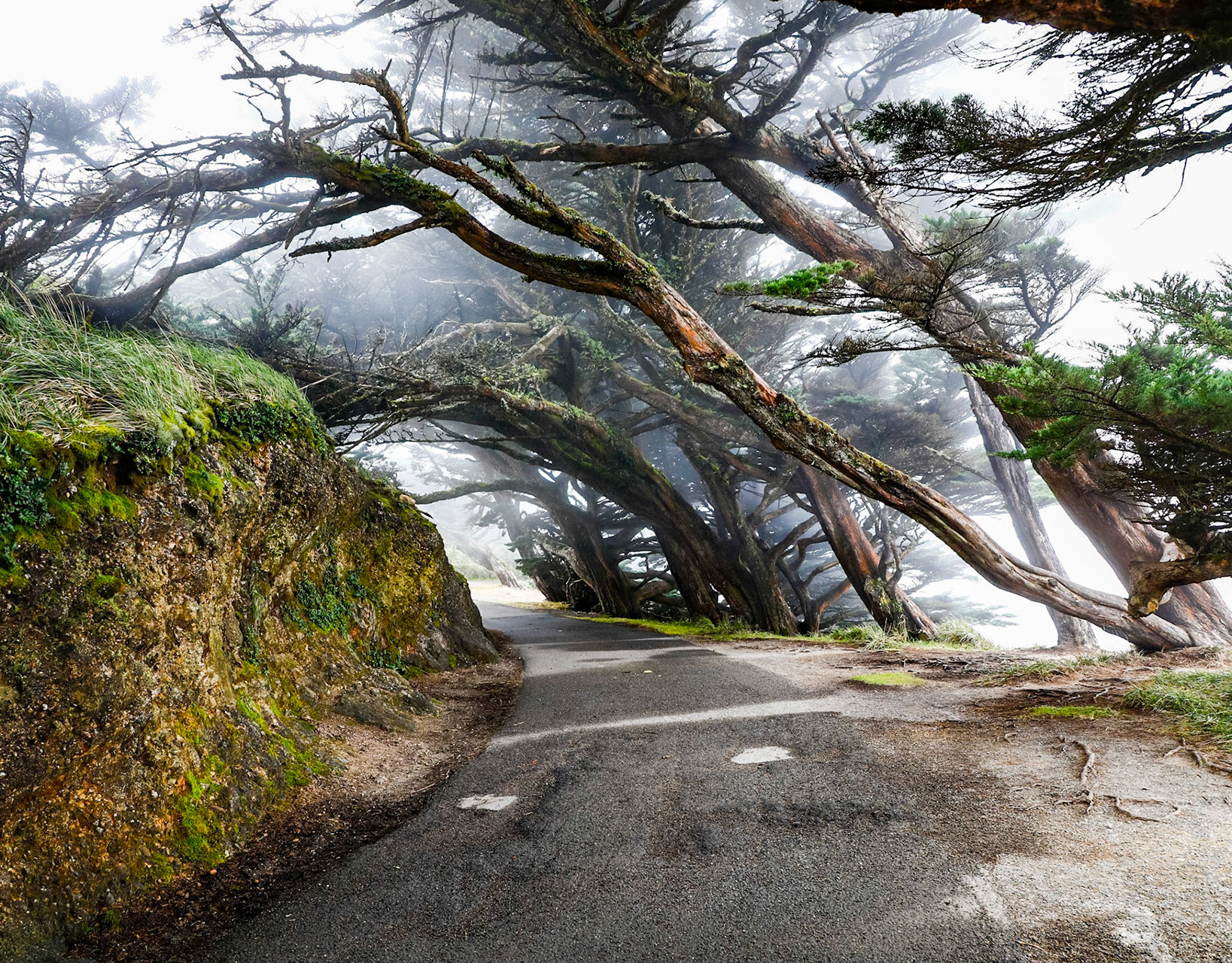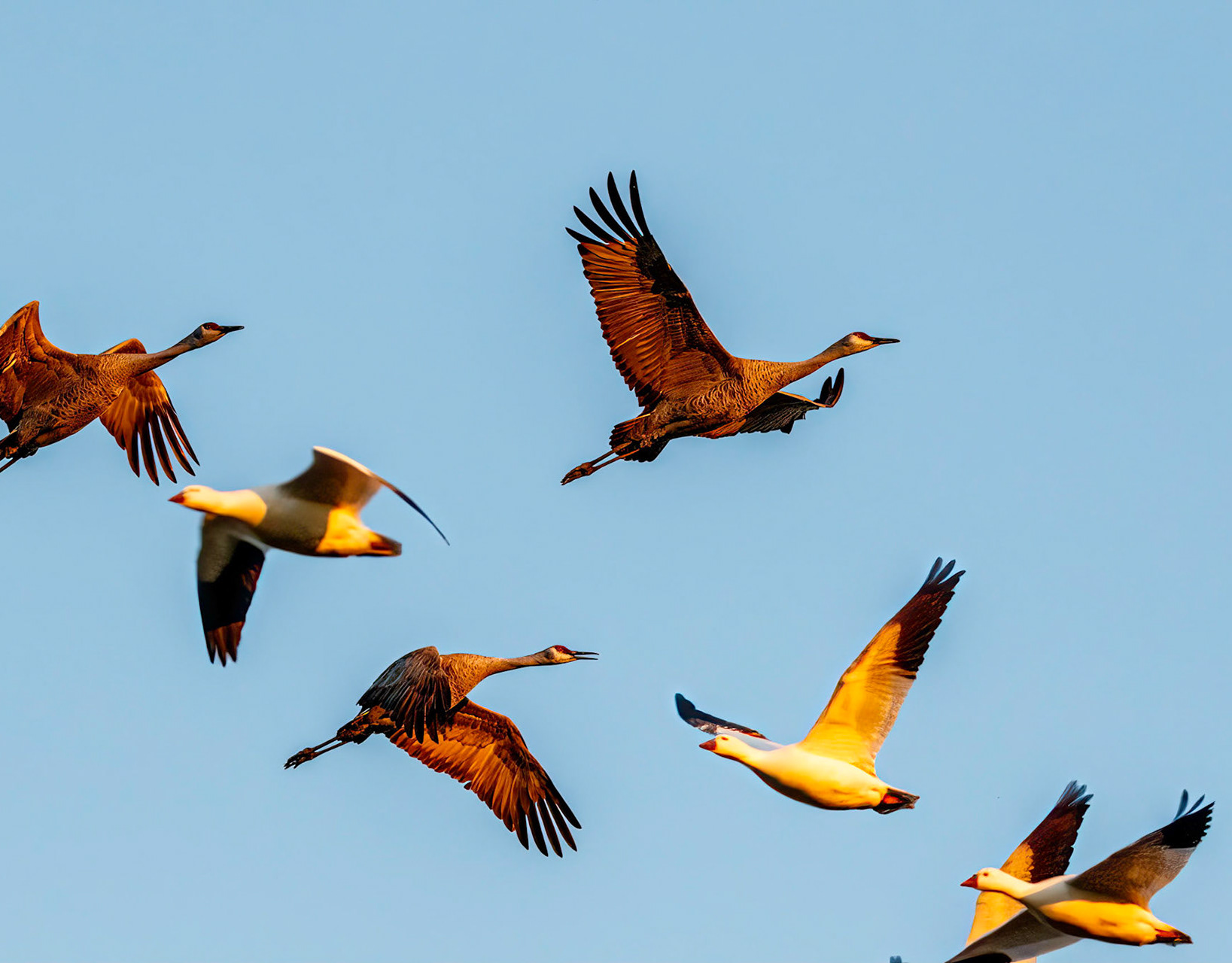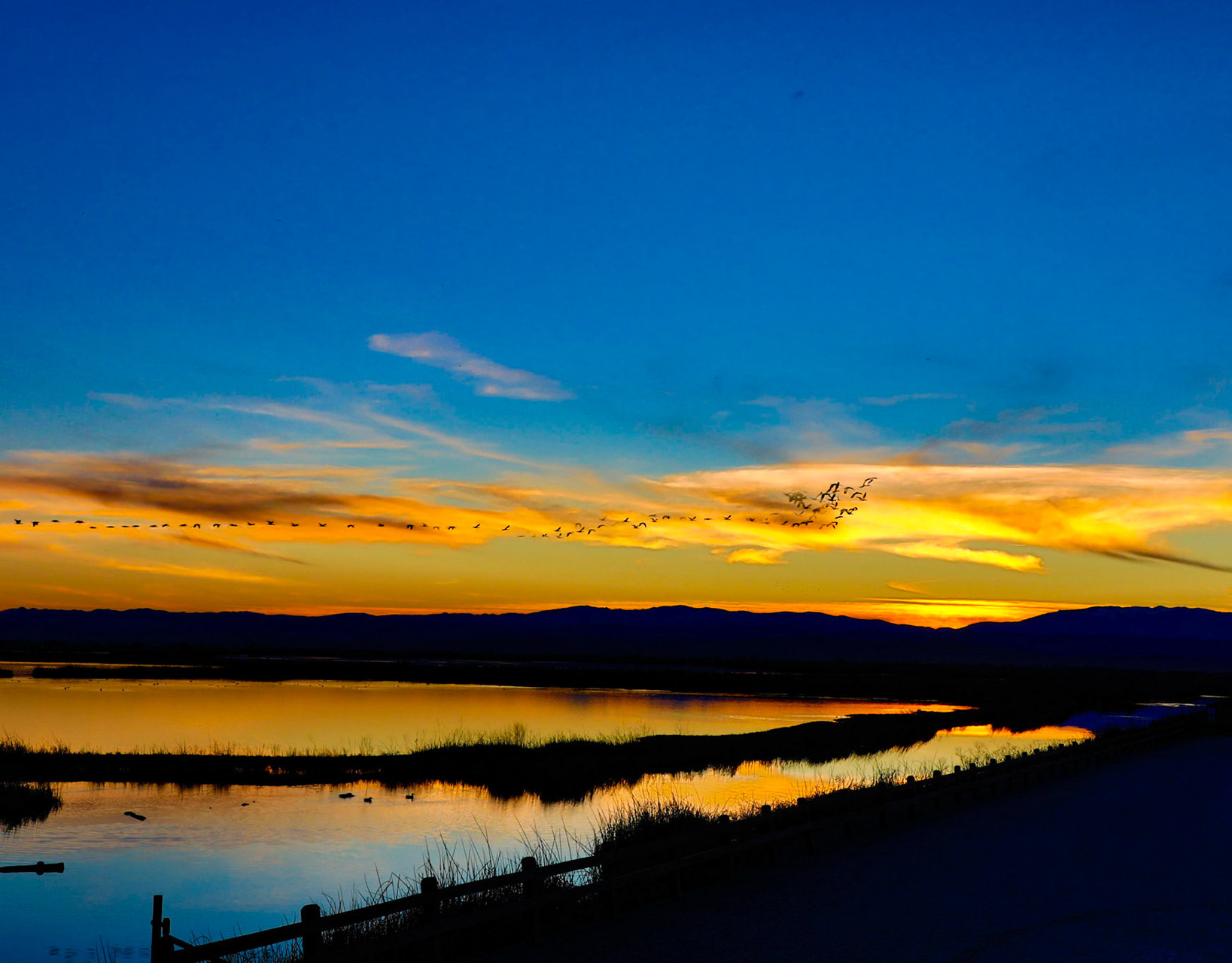
A beautiful winter day in Santa Cruz. Lighthouse Point, Westcliff Drive, Santa Cruz, Ca. On the other side of Lighthouse Point is Steamer Lane, the infamous surfing area where many surfing contests are held.

Approximate 10 day old baby African Bush Elephant with mother

Royal Penguin couple in a moment of bliss, Macquarie Island, Australia

Tayra, Abra Patricia, Peru. The Tayra (Eira barbara), is an omnivorous animal from the weasel family, native to the Americas. Tayras are also known as the tolomuco or perico ligero in Central America, motete in Honduras, irara in Brazil, san hol or viejo de monte in the Yucatan Peninsula, and high-woods dog (or historically chien bois) in Trinidad.

The Tasmanian devil (Sarcophilus harrisii) is a carnivorous marsupial of the family Dasyuridae. It was once native to mainland Australia and is now found in the wild only on the island state of Tasmania
The size of a small dog, the Tasmanian devil became the largest carnivorous marsupial in the world following the extinction of the thylacine in 1936. It is related to quolls and distantly related to the thylacine. It is characterised by its stocky and muscular build, black fur, pungent odour, extremely loud and disturbing screech, keen sense of smell, and ferocity when feeding. The Tasmanian devil's large head and neck allow it to generate among the strongest bites per unit body mass of any extant mammal land predator, and it hunts prey and scavenges carrion as well as eating household products if humans are living nearby.

A pair of Red-breasted Toucan also known as Green-billed Toucan. Itataia National Park, Brazil

Female Mountain Gorilla and her offspring. Parc National de Volcans, Rwanda

Female and baby Western Lowland Gorillas (Gorilla gorilla gorilla) of the Neptuno Group. They have disturbed ground nesting bees while digging for roots and tubers. The bees don't seem to bother the gorillas but when they found us, they swamed us and drove us away. The western lowland gorilla is the smallest subspecies of gorilla. They possess no tails and have jet black skin along with coarse black hair that covers their entire body except for the face, ears, hands, and feet. The hair on the back and rump of males takes on a grey coloration and is also lost as they get progressively older. This coloration is the reason why older males are known as "silverbacks". Their hands are proportionately large with nails on all digits, similar to that of a human's, and very large thumbs. They have short muzzles, a prominent brow ridge, large nostrils, and small eyes and ears. Other features are large muscles in the jaw region along with broad and strong teeth. It is the gorilla usually found in zoos. In 2006–07, researchers from the Wildlife Conservation Society studied gorillas in heavily forested regions centered on the Ouesso district of the Sangha Region. They suggest a population on the order of 125,000 Western Lowland Gorillas, whose isolation from humans has been largely preserved by inhospitable swamps.

Black-and-white-casqued Hornbill, Magombe Swamp, Uganda

Kermode or Spirit Bear salmon fishing in the Great Bear Rainforest of British Columbia

African Cape Buffalo getting facial from a Red-billed Oxpecker, Mala Mala Game Camp, South Africa.

Pel's Fishing Owl looking for something to eat, Mombo Island, Okavango Delta, Botswana

Sunset scene with flock of silouetted African Green Pigeons during Lango Bai walk about from the Odzala Wilderness lango camp, Odzala-Kokoua National Park, Mboko concession, Republic of Congo















